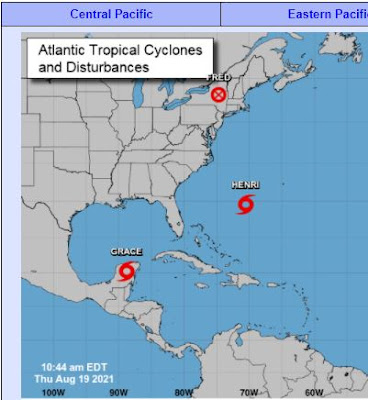Written by the Treasureguide for the exclusive use of the Treasure Beaches Report.
 |
| Variety of Found Rings Used In Experiment. |
Most of the rings shown above are silver, but the first three in the second row are not.
Using the Minelab Equinox and an unsystematic selection of rings, I wanted to see how informative and consistent the conductivity numbers are.
One thing I observed, and I've mentioned this before, is that the conductivity readings will depend partly upon how the ring is positioned and the part of the coil that goes over it. The front half of the coil would often produce different numbers than the back half, for example, but not wildly different - usually just a point or two.
Most of these rings are silver, but the first three in the second row are not.
Rings one through five in the top row produced the following conductivity numbers. (1) 21, 22, 23, but mostly 21, (2) 20 and 21, depending upon whether it was under the front half of the coil or back half, (3) 25, 26, (4) mostly 26 and 27, but occasionally 25 and 28, (5) 27 with little variability.
The last ring in the row is a plain circular band and produced the most consistent numbers in that row. The shape of the object and how it lays makes a difference. An oddly shaped ring will produce more variable numbers as will a ring standing up rather than laying flat.
The numbers generally went up with the size of the ring.
In row two the first three rings are not silver I was surprised to find that the fourth ring is silver. I never paid it much attention before, but tested it with acid before doing the experiment.
Here are the conductivity numbers for row two, going left to right. (1) 12 -14, (2) 15 - 16, (3) 19, (4) 25 - 26.
Again, the plain band produced the most consistent numbers. The silver band in row one produced a very consistent 27, and the non-silver band in row two produced a consistent 19.
All the silver rings in this experiment produced numbers higher than 20 while the three non-silver rings produced numbers below 20.
Here are the numbers for row three. (1) 25-26, (2) 22, 23 and occasionally up to 27, (3) 24 - 25.
And row four. (1) 31 - 32, (2) 26 - 27, (3) 29 -30, (4) 29 -30.
So the larger silver rings generally produced numbers higher than the smaller silver rings.
Some rings produced very consistent numbers, while there was more variability for others. While the silver rings produced numbers starting at about 21 for the smaller ones, the numbers went up to the low thirties for the larger ones. There was no overlap between the silver rings and rings that were not silver. This informal experiment did not include any gold and only a very small sample of non-silver rings.
The range for silver rings is fairly large, varying from roughly 21 to 31.
I'm sure I can find some non-silver rings that will give numbers higher than the silver rings, but that will have to wait for another experiment.
There are several useful observations you might take from this experiment.
Perhaps I follow it up with other metal detectors and other test objects.
---
 |
| Hurricane Center Map. Source: nhc.noaa.gov. |
Henri is now the one of interest.
 |
| Henri. Source: nhc.noaa.gov. |
Henri will be sending us some waves tomorrow. Looks like it will also help the guys who work the Outer Banks.
 |
| Source: MagicSeaWeed.com. |
So look for a 4 to 6 foot surf tomorrow.
 |
| Wind. Ventusky.com. |
It looks to me like that circulation over north Florida is blocking the north flow we would otherwise get from Henri. It does look like the guys in North Carolina will get some good hunting.
Happy hunting,
TreasureGuide@comcast.net